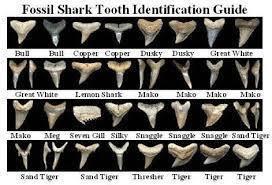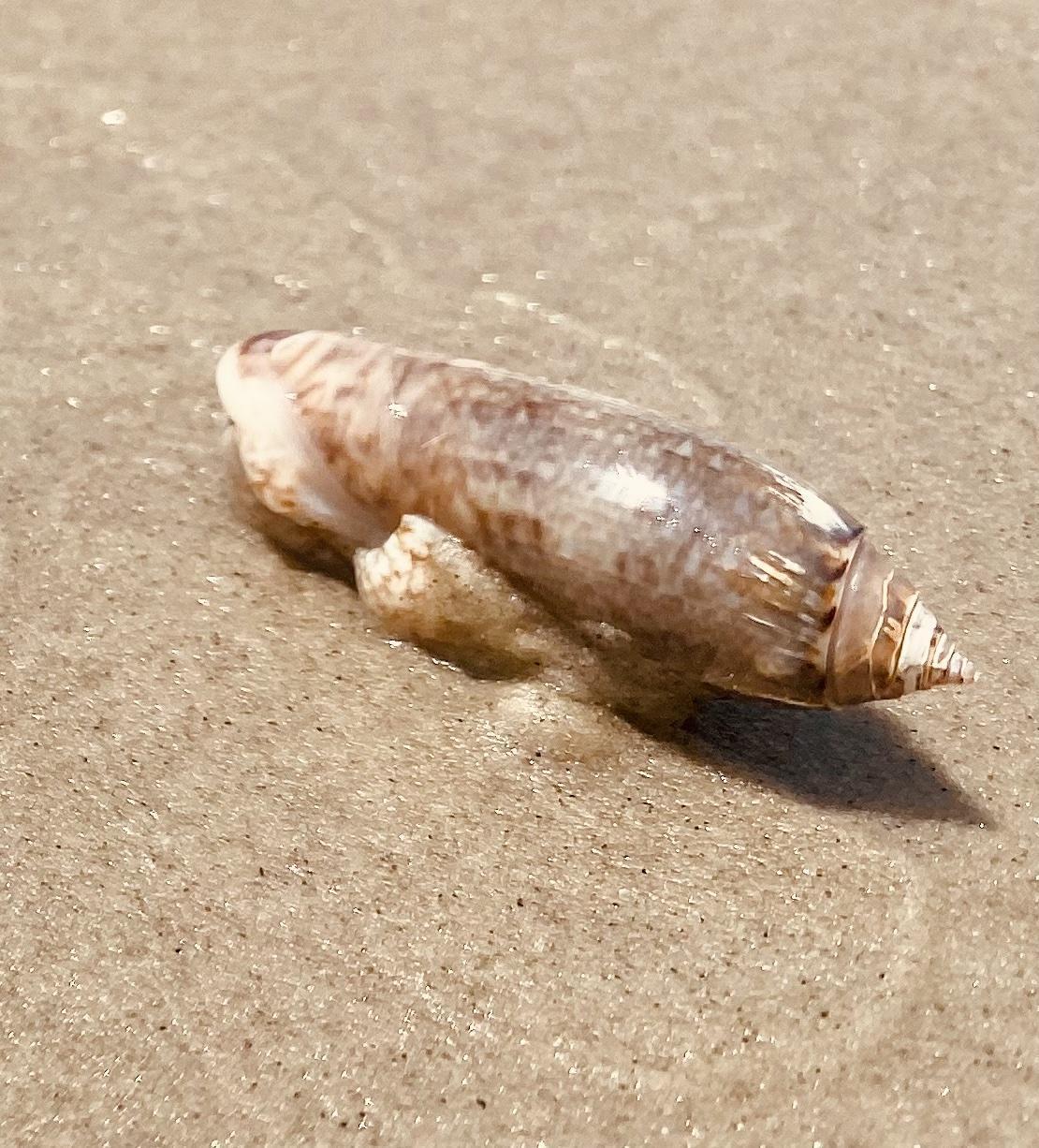SHARK TEETH 101 AND THE ORIGIN OF SEASHELLS
Soft, glimmering sand covers Hilton Head Island’s picture-perfect beach, yet, unlike some coastal beaches, rugged, there is only a gentle sprinkling of seashells along the Atlantic shoreline beaches of Palmetto Dunes 
and Forest Beach. The island is a sandbar system, and shells tend to collect plentifully towards the tips of the island. South Beach in Sea Pines or at the opposite end at Mitchellville Beach Park, Burkes Beach, and Port Royal Beach are avid seashell collector’s ultimate destinations!
Every 12 hours, as the tide washes in, it uncovers a once buried layer. Hilton Head Island’s beach renourishment and dredging to preserve the beautiful shore opens the possibilities of exciting and valuable discoveries vacuumed and relocated from the deep ocean floor.
SHARK TEETH Beachcombing on Hilton Head at low tide is the ultimate treasure hunt, especially when you find a shark’s tooth! Patience and luck are helpful as the tooth’s tip may be burrowed in the sand. The decay-resistant and rugged shark teeth are calcium phosphate which fades over time from white to black from the minerals in the sand. The firm T-shaped or triangular tooth has a glossy crown. The wide range of shark teeth, from pin-sized to hand-sized, smooth or serrated, flat or pointy, adds excitement to the hunt. A good tip is to look for symmetry, density, and patterns to differentiate from shells.
Beachcombing on Hilton Head at low tide is the ultimate treasure hunt, especially when you find a shark’s tooth! Patience and luck are helpful as the tooth’s tip may be burrowed in the sand. The decay-resistant and rugged shark teeth are calcium phosphate which fades over time from white to black from the minerals in the sand. The firm T-shaped or triangular tooth has a glossy crown. The wide range of shark teeth, from pin-sized to hand-sized, smooth or serrated, flat or pointy, adds excitement to the hunt. A good tip is to look for symmetry, density, and patterns to differentiate from shells.
Sharks do not get cavities, but they lose up to 100 per day and 1000’s in their lifetime, yet there are no toothless sharks; some have 15 layers of teeth lining their jaws! Other sharks can grow a new tooth in a day!
SEASHELLS, Mollusks
Understanding the fascinating marine life that produced such a splendid treasure increases your appreciation of each stunning seashell. An eyecatching pattern, spiral, and whisp of color attract you to the particular shell. How did that shell grow? Most shells are created by a Mollusk, an invertebrate that is sometimes called a seasnail. Mollusks are born from eggs and wearing their shells. The outside does not attach as skin to allow the snail to extend through the aperture, the shell’s opening. This fascinating creature uses tissue to excrete calcium carbonate (limestone) into the shell constantly. Therefore, the snail and shell grow simultaneously. 
Bivalves are mollusks with a hinge that connects two symmetrical shells. If the sides are intact, they are easy to identify and include clams, oysters, and angel wings. The Port Royal Sound offers a bounty of seashells. Hilton Head Plantation and Pickney Island are ideal locations to find oyster shells and clams.
Gastropods have single shells that usually grow spirally. Their name highlights their unique “stomach-foot” that slowly collects food from the ocean floor. Famous gastropods, the whelks, and moon snails are prized souvenirs if the shell is abandoned. A mysterious rope of coin-shaped capsules strung together are the whelk’s eggs. They may occasionally loosen from the ocean floor and drift in with the current. They are fascinating to examine before sea life begins to feed on the tiny, unhatched whelks.
Collecting shells can lead to a meaningful experience that allows you to soak in the South Carolina sunshine, calm yourself with fresh air and exercise, and discover the island’s treasures. A simple shell that lured you to take it home is a priceless reminder of the peaceful moments spent on Hilton Head’s majestic beach.
WRITTEN BY JANICE MAGNIN
Posted by Christina Galbreath-Gonzalez on
Leave A Comment